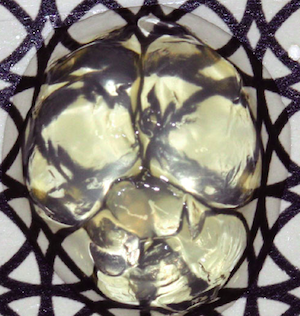Clearing tissue for imaging: index matching is not new

The main factor that limits how deep we can image into tissue is the scattering of light. Multiphoton imaging partially mitigates the problem by using infrared light, which scatter less, and by using an excitation process that drops off nonlinearly with intensity. However, it only partially mitigates the problem. Light scattering is still the main factor limiting how deep we can image.
If scattering is such a problem, why not address it directly? Scattering is due to mismatches in the index of refraction at the borders of structures. In biology, this is typically between lipid membranes and aqueous intracellular and extracellular fluids. If the aqueous solution is replaced by something with the same index of refraction as the lipid membranes (or the lipid membranes are replaced), then there should be less scattering and we should be able to image much deeper.
Well, this idea has been around for quite some time. Dating back to the 1950s.
Recently, there has been somewhat of a rediscovery of the technique. Starting with a paper from Dodt in 2007, a paper from Miyawaki’s lab in 2011 (the Scale paper), and then another paper from Dodt this year. There has been some criticism that the earlier work didn’t get cited much by the recent papers.

Importantly, microscope manufacturers have started releasing objectives specifically for cleared tissue. These objectives offer a unique combination of low magnification, high numeric aperature, very long working distances, and are designed for the refractive index of the clearing agents. (e.g., Olympus, Zeiss)
[…] refraction throughout the preparation (and thus decrease scattering) is one approach, and although index matching isn’t a new strategy, just getting rid of the membranes is. The most recent method to achieving tissue transparency […]